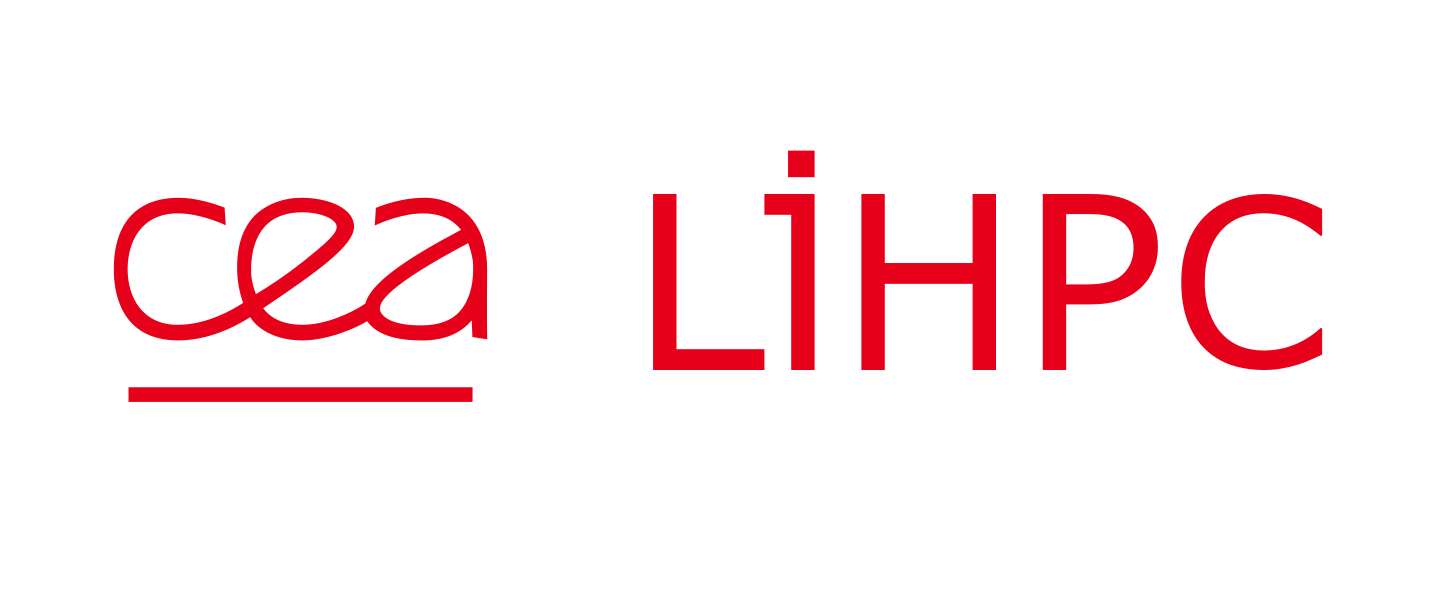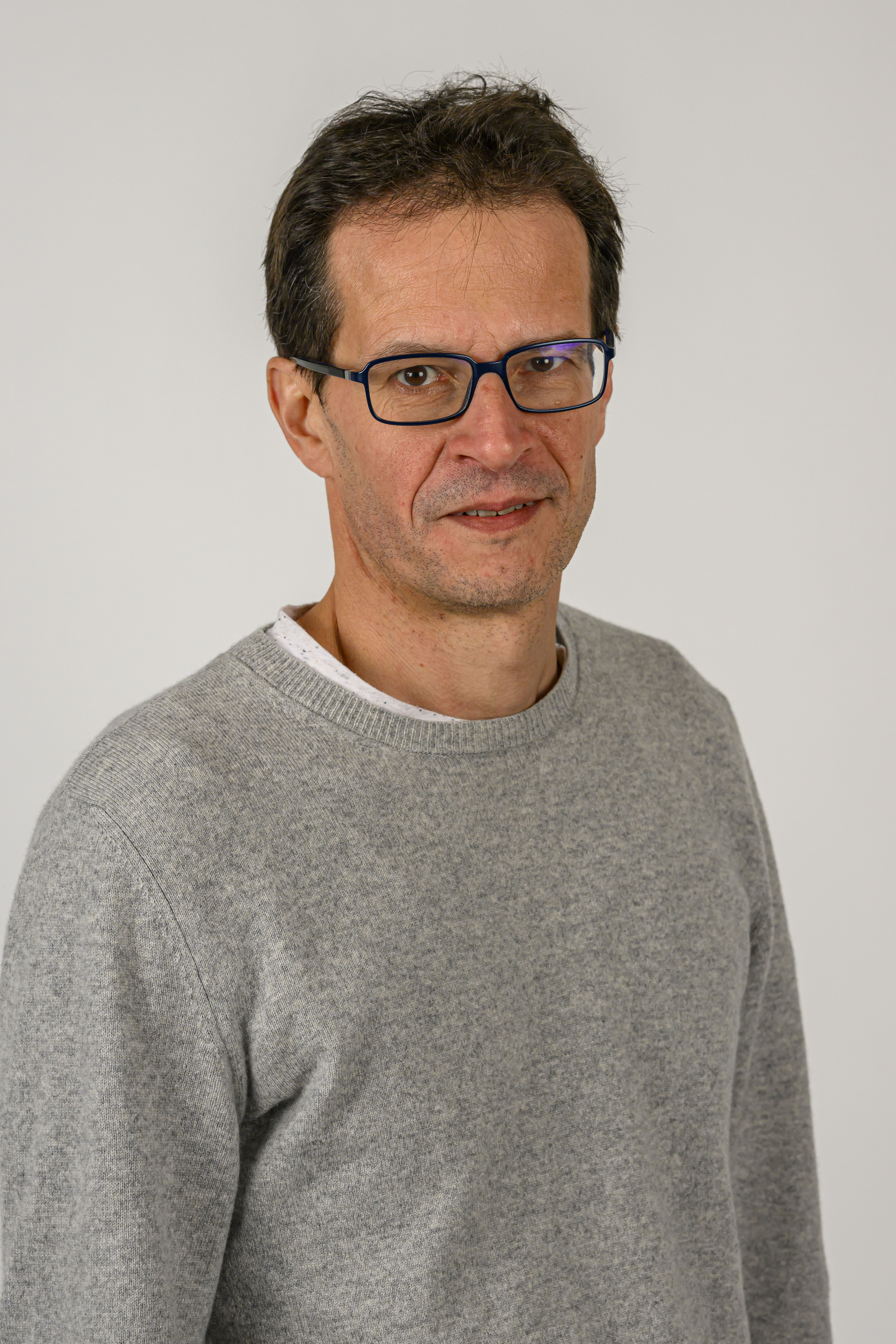Stéphane Jaouen is a Research Engineer and holds a PhD in Mathematics Applied to Scientific Computing. He is currently member of an R&D team at CEA whose objective is to develop new models and new numerical methods for HPC numerical simulation codes. After numerous studies on arbitrarily high order Eulerian schemes in the Lagrange-projection approach for fluid models in the broad sense, his main research themes now revolve around Eulerian models and schemes for processing and simulating interface dynamics, damage and fragmentation (surface tension, instability studies, slip/friction, coupling models, fluid/structure interaction, etc.). Stéphane Jaouen has (co-)supervised about fifteen students, four PhDs and a post-doctoral and is co-author of a dozen articles published in international scientific journals.
PhDs co-supervised
-
G. DAKIN, Couplage fluide-structure avec des schémas Volumes Finis conservatifs Eulériens et Lagrangiens,
Thèse de doctorat CEA/Univ. Pierre et Marie Curie, Paris 6, 2017. -
B. MELTZ, Analyse mathématique et numérique de systèmes d’hydrodynamique compressible et de photonique en coordonnées polaires,
Thèse de doctorat CEA/Univ. Paris-Saclay, Paris-Sud, 2015. -
M. WOLFF, Analyse mathématique et numérique du système de la magnétohydrodynamique résistive avec termes de champs magnétique auto-généré, Thèse de doctorat CEA/Univ. Louis Pasteur de Strasbourg,
rapport CEA-R-6280, ISSN 0429-3460, 2011. -
C. ENAUX, Analyse mathématique et numérique d’un modèle multifluide multivitesse pour l’interpénétration de fluides miscibles,
Thèse de doctorat École Centrale de Paris / CEA, 2007.
Postdoctorals co-supervised
- M. ANCELLIN, Algorithmes d’apprentissage et réseaux de neurones appliqués au calcul scientifique,
LRC MESO, ENS Paris-Saclay/CEA, 2021.
JOURNAL OF APPLIED PHYSICS, AMER INST PHYSICS, 2017

abstract
Abstract
We compare, at similar scales, the processes of microjetting and ejecta production from shocked roughened metal surfaces by using atomistic and continuous approaches. The atomistic approach is based on very large scale molecular dynamics (MD) simulations with systems containing up to 700 x 10(6) atoms. The continuous approach is based on Eulerian hydrodynamics simulations with adaptive mesh refinement; the simulations take into account the effects of viscosity and surface tension, and the equation of state is calculated from the MD simulations. The microjetting is generated by shock-loading above its fusion point a three-dimensional tin crystal with an initial sinusoidal free surface perturbation, the crystal being set in contact with a vacuum. Several samples with homothetic wavelengths and amplitudes of defect are simulated in order to investigate the influence of viscosity and surface tension of the metal. The simulations show that the hydrodynamic code reproduces with very good agreement the profiles, calculated from the MD simulations, of the ejected mass and velocity along the jet. Both codes also exhibit a similar fragmentation phenomenology of the metallic liquid sheets ejected, although the fragmentation seed is different. We show in particular, that it depends on the mesh size in the continuous approach. Published by AIP Publishing.







